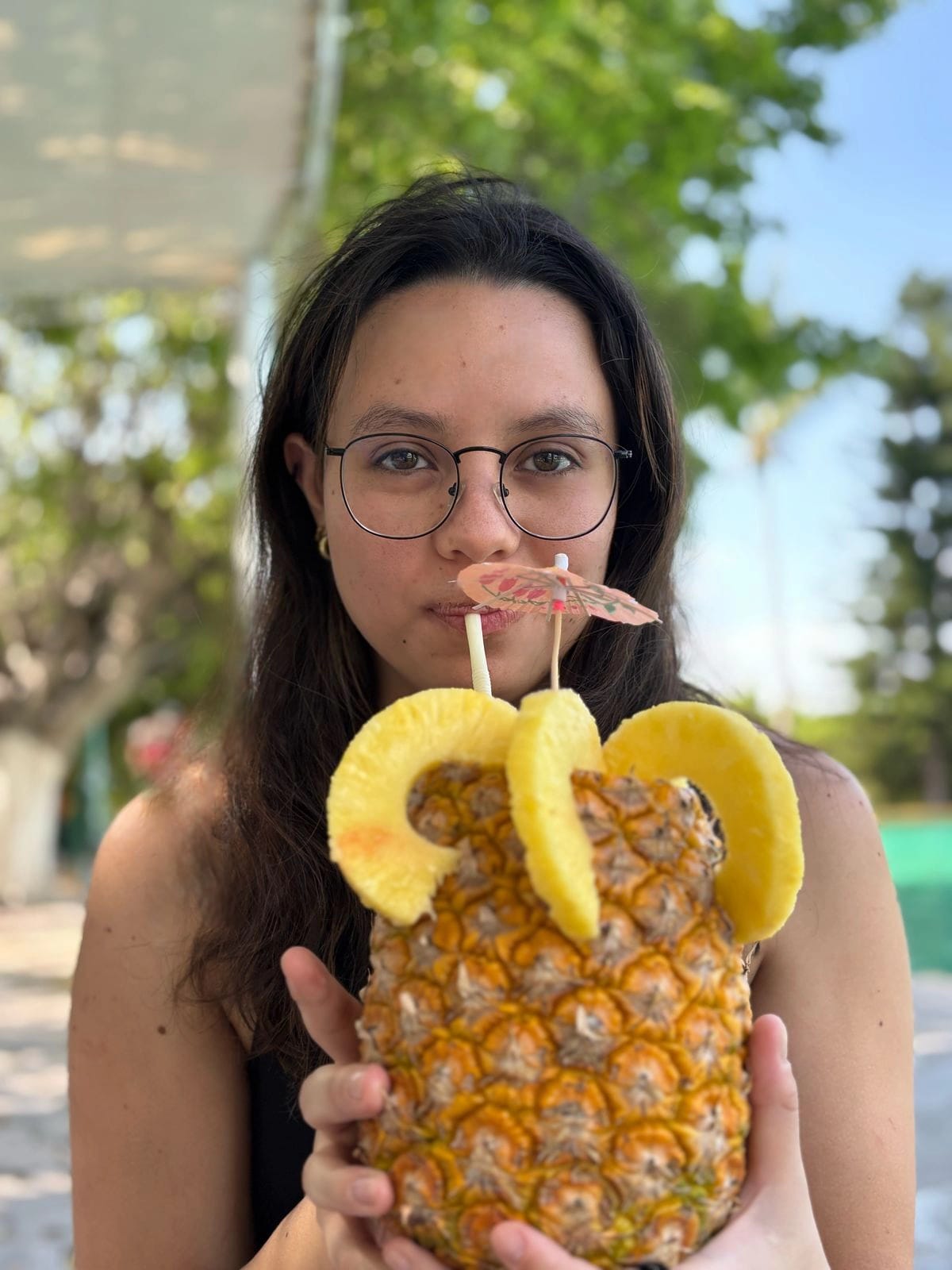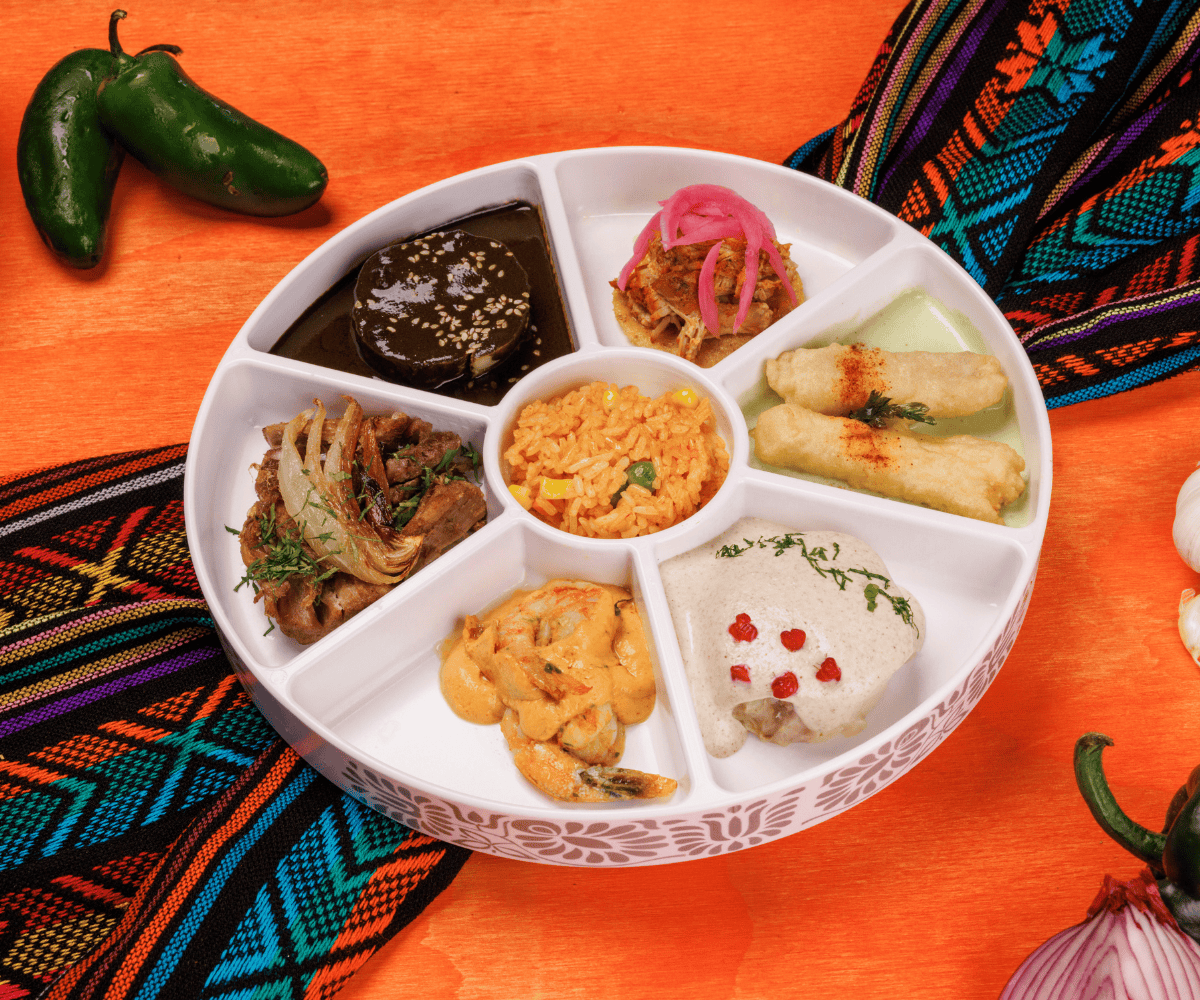The Monarch Butterfly and the Purépecha Worldview in the Day of the Dead
October 27, 2025
Every autumn, the Mexican sky is painted orange and black. They are not autumn leaves nor rays of sunlight, but millions of monarch butterflies arriving from the north of the continent. Their appearance coincides with one of Mexico’s most beloved festivities: the Day of the Dead. For the Purépecha people, this coincidence is not by chance but a sign of the spirits returning to visit their loved ones.

The monarch butterfly is both a natural phenomenon and a spiritual metaphor. It represents the connection between science and spirit, between biology and ancestral worldview.
A Natural Phenomenon Turned Sacred
Each fall, millions of monarch butterflies (Danaus plexippus) travel between 3,000 and 4,500 kilometers from Canada and the United States to the Oyamel forests of Michoacán and the State of Mexico. This astonishing intercontinental journey is one of the most impressive natural spectacles on the planet.
Along their route, they rest in small refuges called stopovers, where they find nectar and shelter before continuing. Thousands perish due to storms, predators, or habitat loss, but the phenomenon renews itself every year with scientific precision. From an ecological standpoint, their migration functions as a continental biological corridor, connecting distant ecosystems and maintaining genetic diversity (Diffendorfer et al., 2020).

Yet there is one detail that fascinates scientists: the butterflies that arrive in Mexico belong to the so-called “Methuselah generation,” descendants of those that departed months earlier and live up to eight times longer than an ordinary monarch. These are the ones that complete the journey and restart the life cycle.
The Solar Compass and Magnetic Instinct
Their navigation goes beyond mere instinct. Monarchs use a solar compass adjusted by their internal clock to stay on course southwest during the day, also responding to magnetic fields and polarized light patterns. They are authentic cosmic travelers within the animal kingdom.
But this journey is not just a biological marvel. Their arrival—guided by the precision of the stars and the sun—coincides with a spiritual calendar recognized by the Purépecha since ancient times. For them, the butterflies do not navigate with a compass but with memory: the memory of the spirit seeking its way back.

Environmental Threats and Resilience
Nature, however, puts their endurance to the test. Climate change, herbicides, and deforestation threaten their sanctuaries, yet the monarchs have shown a surprising capacity to adapt, adjusting their routes and reproductive timing (James, 2024).
Their flight is not only a biological feat but also a metaphor for life’s persistence. While science explains their route through circadian clocks and solar compasses, the Purépecha interpret that same precision as a spiritual act. In their worldview, the monarch butterfly is more than an insect—it is a messenger of the spirit.
The Purépecha Worldview: An Animated Universe
What “worldview” means
A worldview is the way humans understand, interpret, and relate to the universe. It is the set of beliefs, symbols, and values that give meaning to existence—both physical and experiential—a cultural filter through which communities perceive their reality.

The Purépecha Worldview
Anthropologist Rafael Martínez González describes this vision as a “relational ontology,” where the person within the animated universe is in constant dialogue with natural and spiritual forces. He explains that the ancient p’urhépecha conceived the spirit (tsïtsïki) as an energy that unites body, environment, and community, circulating among the living, the dead, and the gods.
Within this universe exist three planes of existence:
- Auandarhu (the world above): dwelling of the gods and the stars.
- Eratsïkwa (the middle world): home of humans, animals, and plants.
- Kumanchikua (the world below): realm of the ancestors and regenerative forces.
Balance among these planes maintains the order of the universe. When butterflies descend from the skies, the Purépecha interpret that the boundaries between worlds dissolve: the divine, the human, and the ancestral touch for an instant.

Curícaueri: The God of Fire and the Sun
At the center of this vision is Curícaueri, the god of fire and the sun, guardian of life’s cycle and renewal. His worship, linked to solar movements and harvests, teaches that nothing dies—energy only transforms.
For the Purépecha, death is not an end but a change of form. The spirit returns to maintain the balance of the cosmos, like a spark returning to the original fire. And when the butterflies return, their flight embodies that return: the fire of the sun transformed into wings.
Metamorphosis of the Spirit
The arrival of monarchs in Michoacán, precisely during the days when the dead are honored, gives meaning to this belief. Their metamorphosis—from caterpillar to chrysalis and then to butterfly— reflects the same processes of death and rebirth present in Purépecha agricultural and funerary rituals.

Researcher B. Verástique notes that in colonial codices, butterflies were already associated with the “flames of the spirit” and the fire of Curícaueri. The orange color of their wings was seen as a solar spark—an extension of the cosmic fire returning each year to the heart of the mountains to renew the universe.
A Flight that Unites Sky, Earth, and Spirit
Today, in the Lake Pátzcuaro region, inhabitants welcome the butterflies as confirmation of the bond between nature and spirit. They watch them fill the sky while altars glow with candles and flowers. Each seems to carry an ancestral story upon its wings.
The Purépecha communities celebrate their arrival as if greeting a returning relative. The fields are covered in flowers, candles flicker, and the air fills with that soft humming that announces the arrival of the spirits.

The butterflies cross not only countries but also time. They are the echo of a civilization that still speaks with the sky. Each year, between late October and early November, locals gaze toward the Oyamel forests and know the cycle has been fulfilled: the spirits have found their way home.
Questions and Answers about the Monarch Butterfly and the Purépecha Worldview
Why do monarch butterflies migrate to Mexico?
They seek a temperate climate to hibernate and survive the North American winter.
Why are butterflies linked to the Day of the Dead?
Because their arrival coincides with the dates when, according to tradition, the spirits return to visit their loved ones.
What does the monarch butterfly symbolize for the Purépecha?
It represents the human spirit and the eternal cycle of life, death, and transformation.
Where can monarch butterflies be seen in Mexico?
In the biosphere reserves of Michoacán and the State of Mexico, such as El Rosario and Sierra Chincua.
How can the monarch butterfly be protected?
By avoiding pesticide use, supporting reforestation, and preserving their migratory routes.

Mercadóloga de día, creativa siempre. Me inspiran los viajes, las fotos y los detalles que pasan des...

Posts Relacionados
Grupo Xcaret
Hotels






